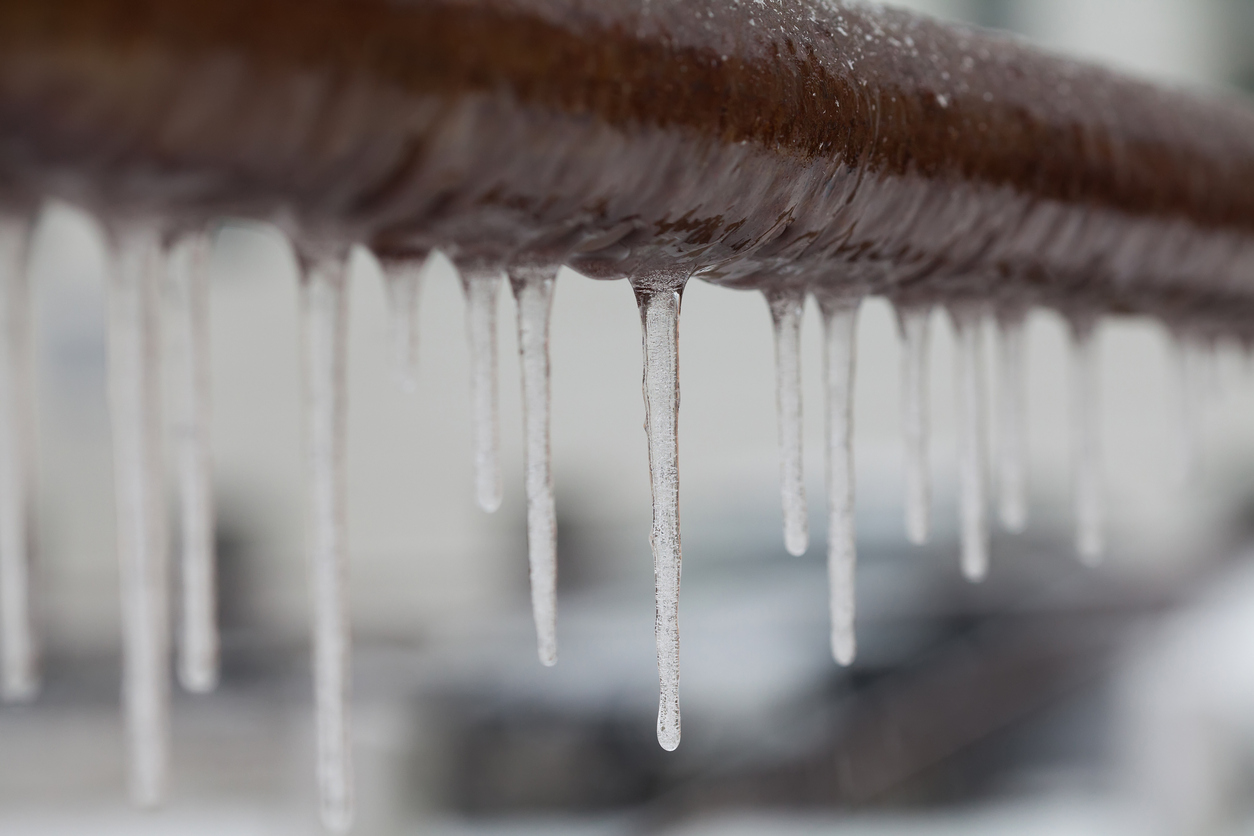There are simple, affordable actions homeowners can take to help reduce costly damage and lengthy repairs to their home after a winter weather event. For example, colder temperatures can lead to frozen pipes, which could burst, causing a cascade of damage.
These recommendations can prevent pipes from freezing and causing damage to your home:
- Look for exposed pipes and vents around your home and insulate them before temperatures dip below freezing.
- Caulk and seal exterior windows and doors.
- Add weatherstripping as needed around doors and windows, making sure you cannot see any daylight from inside your home.
- Set your thermostat to at least 55°F.
- Install a monitoring system that provides notifications if the temperature inside dips below 55°.
- Provide backup power, such as a generator, to maintain heat in your home in case of a power outage.
After a winter storm, professional services like HVAC or plumbing repair may be unavailable. Be sure maintenance of your alternative heat source is up to date before the storm. - Keep cabinet doors with pipes inside open so warm air can circulate around harder-to-reach pipes. Also, keep bathroom and kitchen cabinet doors open during cold spells.
- Let faucets drip during extreme cold weather.
- Temporarily cover or close crawl space vents.
For more ways to prevent damage from winter weather, check out the Insurance Institute for Business & Home Safety’s free Winter Weather Ready guide at disastersafety.org.
Read more of our tips and ideas in the Homeowner Resources section.
Stay In The Know
Do you want to keep up with the latest resiliency research? Would you like timely tips and reminders to keep your home safe from Mother Nature? Are you interested in the science behind the FORTIFIED standard? Then sign up for the FORTIFIED Update, today!

